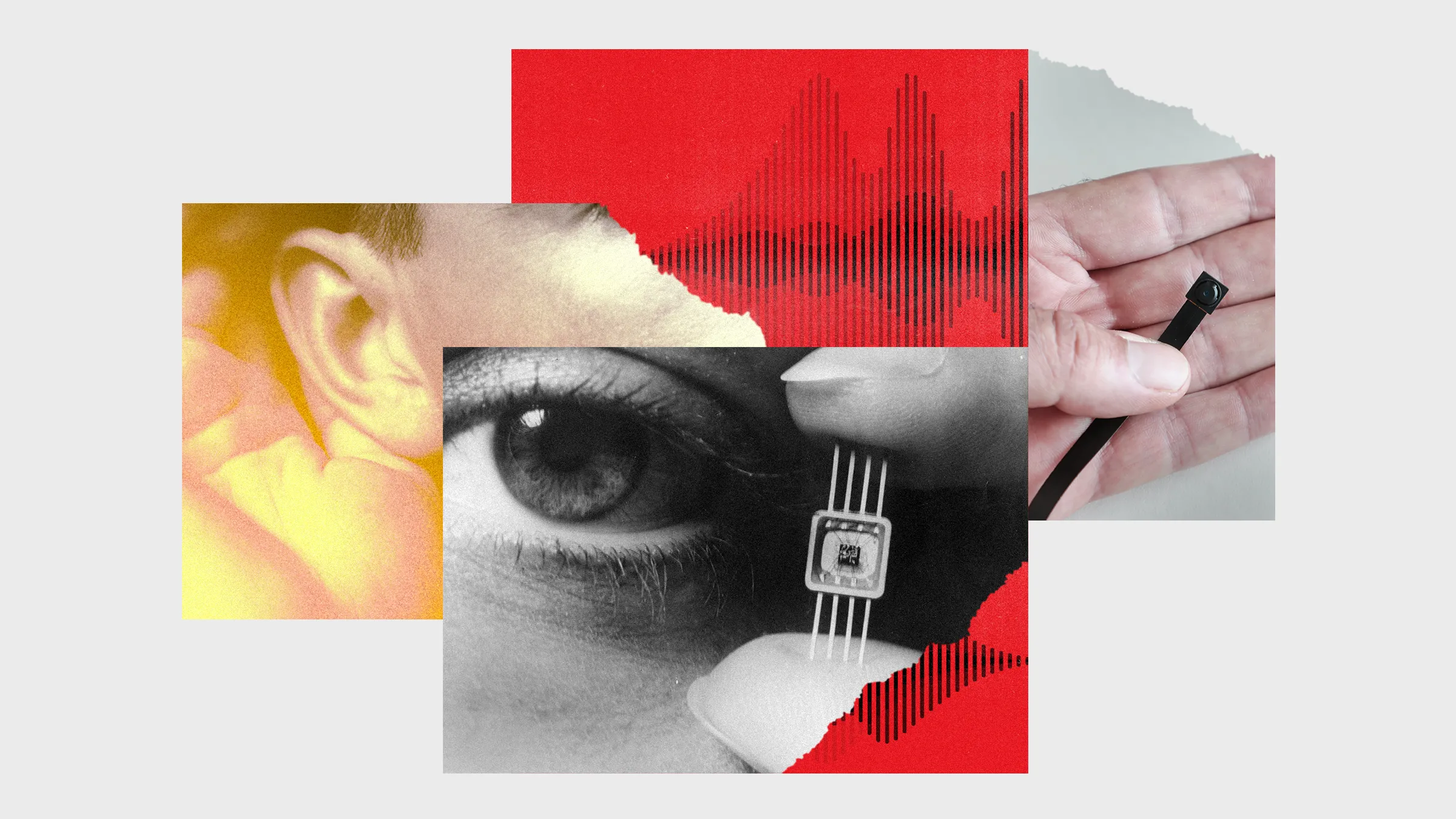
In an era where privacy concerns are at an all-time high, the use of spy microphones has become a topic of interest and controversy. These tiny devices, often concealed within everyday objects, have the ability to capture audio without detection. While their existence may evoke images of espionage and intrigue, spy microphones have found practical applications in various industries, including law enforcement and personal security. In this article, we will delve into the world of spy microphones, exploring their technology, uses, and ethical implications.
- The Technology Behind Spy Microphones
Spy microphones, also known as covert listening devices or bugs, employ advanced technology to capture audio discreetly. These devices are typically equipped with a miniature microphone and a transmitter that sends the recorded audio to a receiver located elsewhere. The microphone itself is designed to be highly sensitive, allowing it to pick up even the faintest sounds in its vicinity.
Modern spy microphones utilize wireless technology, enabling them to transmit audio over long distances. Some models even come equipped with built-in SIM cards, allowing them to operate as standalone devices and transmit audio via cellular networks. This wireless capability eliminates the need for physical proximity to the target area, making surveillance operations more covert and flexible.
- Applications in Law Enforcement
Law enforcement agencies have long utilized spy microphones as a valuable tool in their investigative efforts. These devices enable officers to gather crucial evidence without alerting suspects or compromising ongoing operations. Spy microphones can be discreetly placed in vehicles, residences, or public spaces to capture conversations and activities relevant to criminal investigations.
In addition to gathering evidence, spy microphones can also aid in intelligence gathering and surveillance of organized crime networks. By infiltrating these networks with covert listening devices, law enforcement agencies can gain valuable insights into criminal activities, helping to dismantle criminal organizations and prevent future crimes.
- Personal Security and Counter-Surveillance
While spy microphones are often associated with law enforcement, they also have practical applications in personal security. Individuals concerned about their safety or suspicious of potential eavesdropping can use these devices to protect their privacy. Spy microphones can be employed to monitor private spaces, such as homes or offices, ensuring that any unauthorized audio recording is detected.
Counter-surveillance is another area where spy microphones find utility. By using these devices, individuals can identify and locate hidden listening devices that may have been planted by others. This empowers individuals to safeguard their privacy and prevent unauthorized access to their conversations and activities.
- Ethical Implications and Legal Considerations
The use of spy microphones raises ethical concerns regarding privacy invasion and the potential for abuse. While law enforcement agencies have strict protocols and legal frameworks in place for their use, the same cannot be said for individuals or private entities. The unauthorized use of spy microphones can infringe upon the rights of others and lead to legal repercussions.
In many jurisdictions, the use of spy microphones without consent is illegal, as it violates privacy laws. It is essential for individuals to be aware of the legal implications before employing such devices. Additionally, ethical considerations should be taken into account, ensuring that the use of spy microphones is justified and does not unduly infringe upon the privacy of others.
Conclusion:
Spy microphones have emerged as powerful tools in the realms of law enforcement, personal security, and counter-surveillance. Their advanced technology allows for discreet audio capture, aiding investigations and protecting individuals’ privacy. However, their use must be accompanied by strict adherence to legal and ethical guidelines to prevent privacy violations. As technology continues to evolve, it is crucial to strike a balance between security needs and individual rights in the ever-changing landscape of surveillance.

